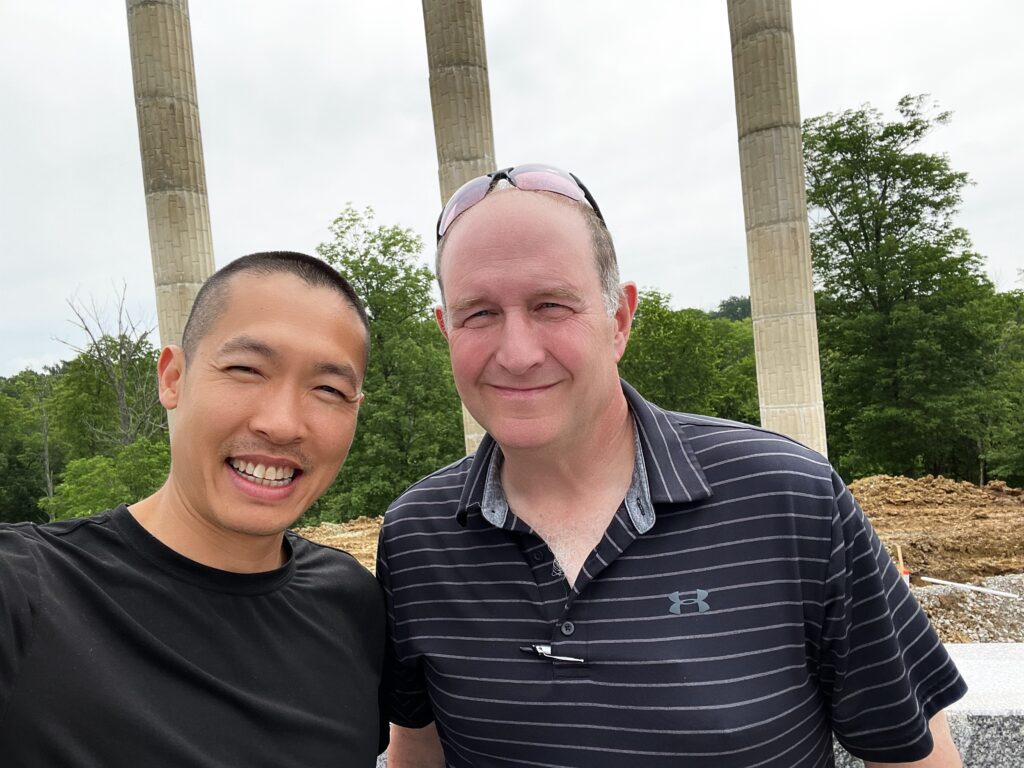Di Tran, renowned author of “Drop the ME and Focus on the OTHERS” and soon-to-be-released book “Drop the FEAR and focus on the FAITH,” recently took a heartfelt journey into the front lines of American philanthropy. Given a tour by Kelly Hutchinson of the Salvation Army branch in Louisville, Tran witnessed the transformative operations of an organization that feeds hundreds and houses over 200 homeless individuals every night.
This Salvation Army branch, operating out of a former old high school – The Male High School, provides more than just sustenance and shelter. It delivers a comprehensive support system teaching individuals how to survive homelessness and eventually transition out of it.

For Tran, the tour stirred profound personal memories. Nearly three decades ago, Tran emigrated from Vietnam, a third-world country where he grew up in a rural mud hut, and his father owned only a single pair of pants. Fast-forward to today, and Tran’s visit to the Salvation Army brought into sharp focus the stark contrast between his past and his current life. It reminded him of the remarkable compassion inherent in American society and the unwavering commitment of organizations like the Salvation Army to serve those in need.
His reflections following the tour encapsulate an appreciation of the opportunities that life in America offers, the inherent beauty of humanity, and the fortuitous blessings that living in this country brings. Particularly impressed by the compassionate work carried out by Hutchinson and her team, Tran felt an even greater conviction about the goodness within people, their ability to serve others selflessly, and the potential for change that can stem from such dedicated service.
Drawing from this inspirational encounter, Tran proposes a solution to chronicle the life-changing stories emanating from such organizations. His recently established company, MiaHire USA, offers a virtual interview solution designed to capture, store, and showcase testimonies from a wide range of individuals – from the homeless being served to the caregivers and servers committed to making a difference.
Tran envisions MiaHire USA as a centralized platform for recording the essence of humanity that permeates organizations like the Salvation Army. Whether for profit or non-profit organizations, conducting interviews, screenings, testimonies, or surveys, Tran believes that MiaHire USA is the optimal platform to narrate these stories of resilience and transformation.
For those interested in exploring the potential of MiaHire USA as a tool for capturing human narratives in their organizations, Di Tran welcomes inquiries at [email protected].
In summary, Di Tran’s visit to the Salvation Army has not only reinforced his belief in the goodness of people but also sparked a vision for leveraging technology to amplify these stories of hope, resilience, and transformation. Through his upcoming book and innovative platforms like MiaHire USA, he continues to inspire and facilitate change, one story at a time.




































